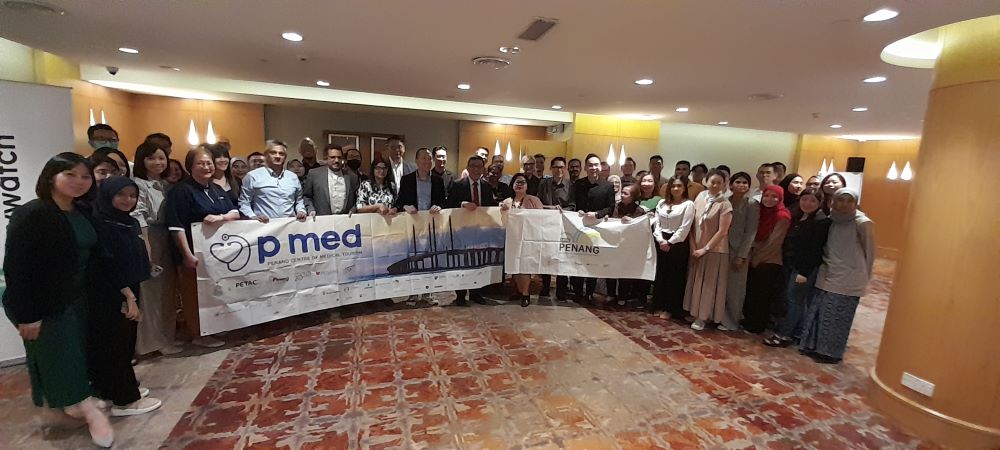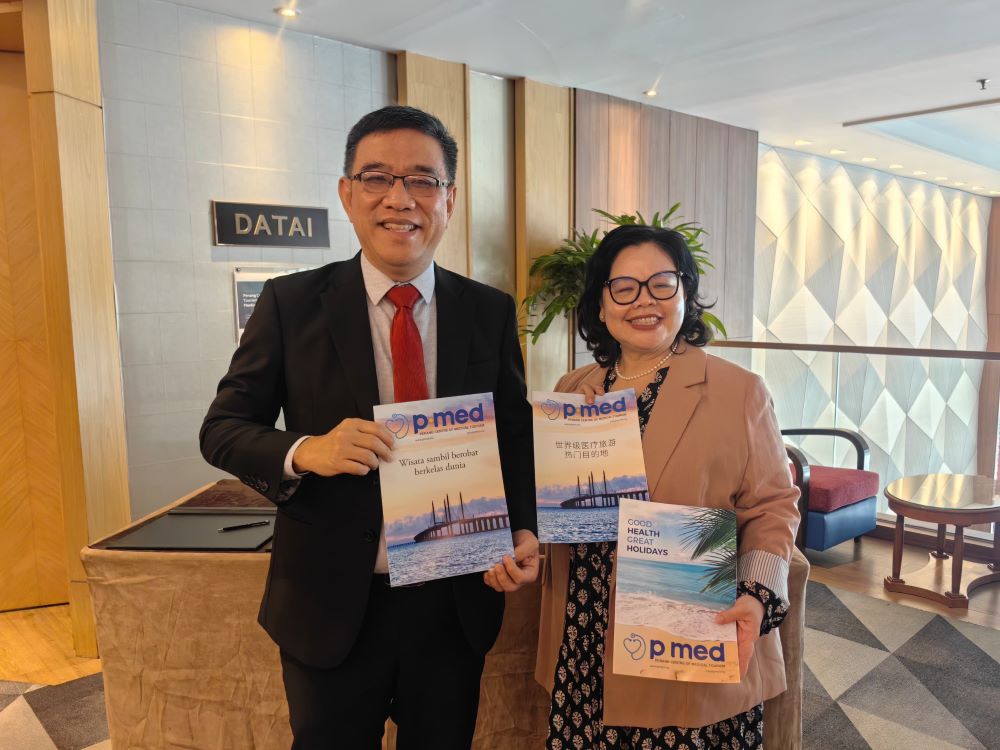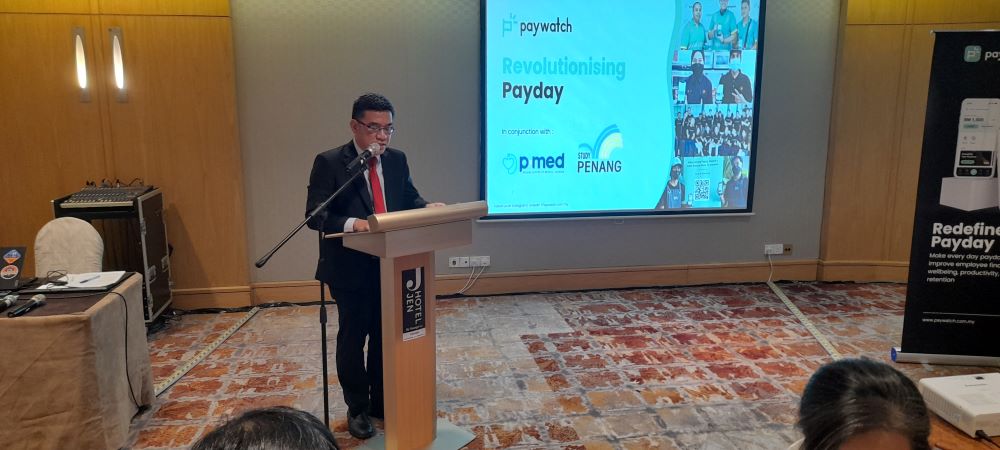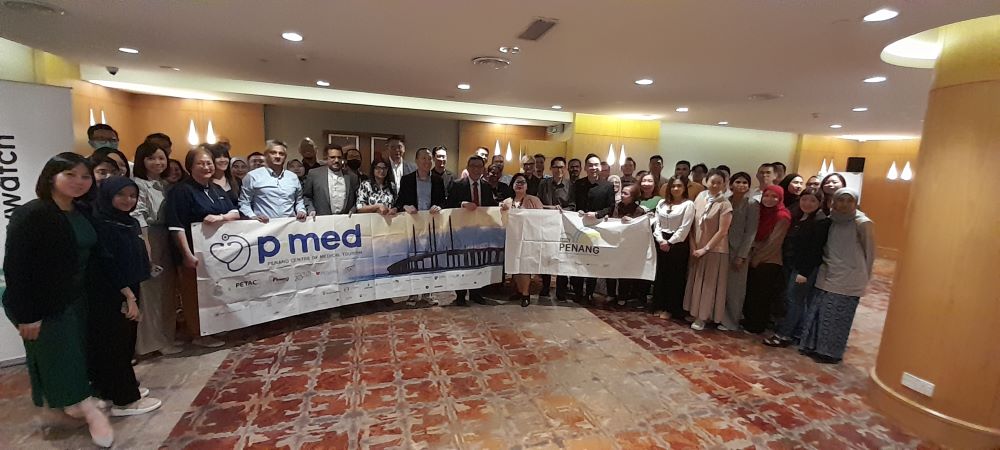
By V. Sivaji
For the very first time, members of the Penang Centre of Medical Tourism (PMED) and Study Penang got together for a joint meeting to formulate strategies to further elevate their respective sectors.
The gathering saw some 150 participants gather at the JEN Penang Georgetown by Shangri-La, headed by the State Exco for Tourism and Creative Economy, YB Wong Hon Wai.
Also present was the executive director of PMED, Dr Mary Ann Harris along with Alex Kim, President and Billy Lim, CEO of Paywatch.
“According to statistics from the Malaysia Healthcare Travel Council (MHTC), Malaysia’s medical tourism industry recorded revenue of RM1.15 billion in the first half of 2024. Penang, as Malaysia’s most established medical tourism destination, stands out prominently, surpassing other states.
“Penang alone accounts for 45% of Malaysia’s total medical tourism revenue, securing its position as the top performer.

“The economic impact of medical tourism extends beyond just medical fees. It also encompasses direct expenditures such as airfare, accommodation, logistics, and dining, as well as indirect expenditures like entertainment, shopping, and visits to tourist attractions.
“According to an analysis by TA Securities, the Malaysian medical tourism sector’s revenue target of RM2.5 billion in 2024 is expected to generate approximately RM9.6 billion in economic spillover for related industries such as tourism, transportation, lodging, and dining”, said Wong in his opening remarks who is also the chairman of both bodies.
He also shared that Penang’s medical tourism boasts five major advantages, namely, High Quality at Affordable Prices, Proximity and Abundance of Tourist Attractions, Strong Language Proficiency for Seamless Communication, Support from the Penang Centre of Medical Tourism (PMED) and Extended Visa Periods.
After Indonesia, China, Malaysia’s second-largest medical tourism market (contributing 5.1% of total revenue), has also seen an increase in direct flights to Penang.

“Over the past year, direct routes have been established between Penang and eight Chinese cities, including Xiamen, Guangzhou, Shenzhen, Hong Kong, Shanghai, Chongqing, Haikou, and Kunming. With its vast population, China presents a significant growth opportunity for Penang’s medical tourism.
“The people of Penang are generally proficient in multiple languages, including Malay, Mandarin, Tamil, English, and Chinese dialects such as Hokkien, Teochew, and Cantonese. This multilingual capability significantly enhances the ease of communication.
Meanwhile, PMED has 17 full members and 17 associate members, all working together to promote Penang’s medical tourism.
“Kuala Lumpur and Penang, as Malaysia’s international cities, are attracting more expatriates and their families. To cater to the rising demand, new international schools are being established in both cities”,said Wong.
Harris in her address said that Penang is already the top medical tourism destination in the country, and it accounted for half of Malaysia’s medical tourism receipts of US$ 444 million. Malaysia is second in ASEAN in terms of medical tourism revenue in 2023.
“Penang currently produces 5% of the world’s semiconductor chips. Together, we can cooperate and delve deep into those joint marketing opportunities. We can bring Penang medical and education services to even greater heights, and put Penang on the world map”, she added.


